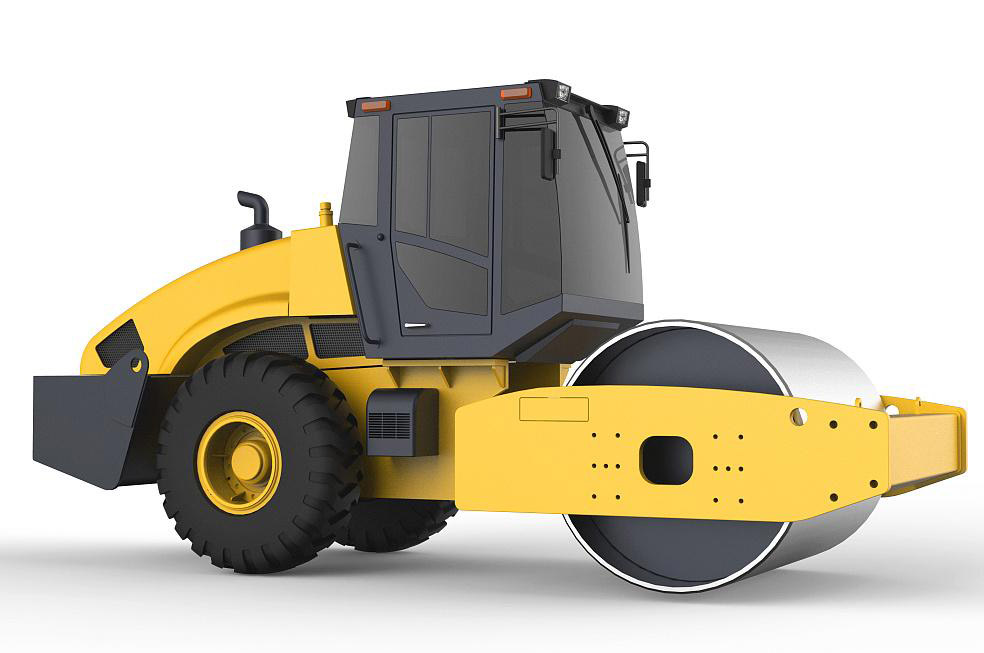- info@hightoptools.com
- Monday - Sunday 9.00 - 18.00
WhatsApp: +86 18162052962

Road rollers belong to the category of road equipment in construction machinery, and are widely used in filling compaction operations of large-scale engineering projects such as high-grade highways, railways, airport runways, dams, and stadiums. It can roll sandy, semi-cohesive and cohesive soil, roadbed stabilized soil and asphalt concrete pavement layer. During the construction, the roller uses its own gravity or the exciting force generated by the vibration of the steel wheel to compact, so that the compacted layer is permanently deformed and becomes dense and smooth.
The following six skills should be mastered in the construction of road rollers in order to achieve a multiplier effect:
Technique one
The choice of compaction machinery should be light and heavy. At the beginning, the soil is soft, and if the tonnage of the roller is too heavy, the soil will accumulate, the thickness will be uneven, and the degree of compaction will not be guaranteed. Therefore, first use a light roller to compact the soil evenly. After the subgrade soil has a certain strength, use a heavy roller to roll to the required degree of compaction. If it is a vibratory roller, the first pass should be static pressure, and then from weak vibration to strong vibration.
Technique two
The compaction speed should be slow first and then fast. The rolling speed of the roller should be gradually increased as the number of rolling passes increases, that is, the rolling should be carried out at a lower speed during the initial compaction. This can prolong the rolling action time, increase the depth of influence, accelerate the deformation of the soil, and avoid The phenomenon of soil congestion by the roller compaction wheel is generated to prevent abnormal situations such as the road roller from getting stuck.
As the number of rolling passes increases, the compactness of the paving layer also increases rapidly. Speeding up the rolling speed will help improve the flatness of the paving layer surface and improve the operating efficiency of the roller.
Technique three
Straight sections and large curved road sections without superelevation should be side first and then center. From the outside of the roadbed, along the extension direction of the roadbed, the road roller gradually rolls to the centerline of the roadbed to form a road arch and facilitate drainage.
Technique Four
The small curved road section with super high should be rolled from the inside to the outside, from the low part of the subgrade to the high part of the subgrade to form a one-way super high cross slope.
Technique five
The driving wheel of the roller should be behind when the ramp is rolled. When going uphill, the rear driving wheels can withstand the driving force provided by the ramp and the machine itself, while the front wheels perform preliminary compaction on the road surface to withstand the greater shearing force generated by the driving wheels.
When going downhill, the impact force generated by the roller's own weight is offset by the braking of the driving wheels. Only the mixture after being rolled by the front wheels can support the rear driving wheels to generate shearing force.
Technique Six
During operation, the roller should start before it starts to vibrate. When parking, stop the vibration first and then stop to avoid in-situ vibration.
Leave a comment